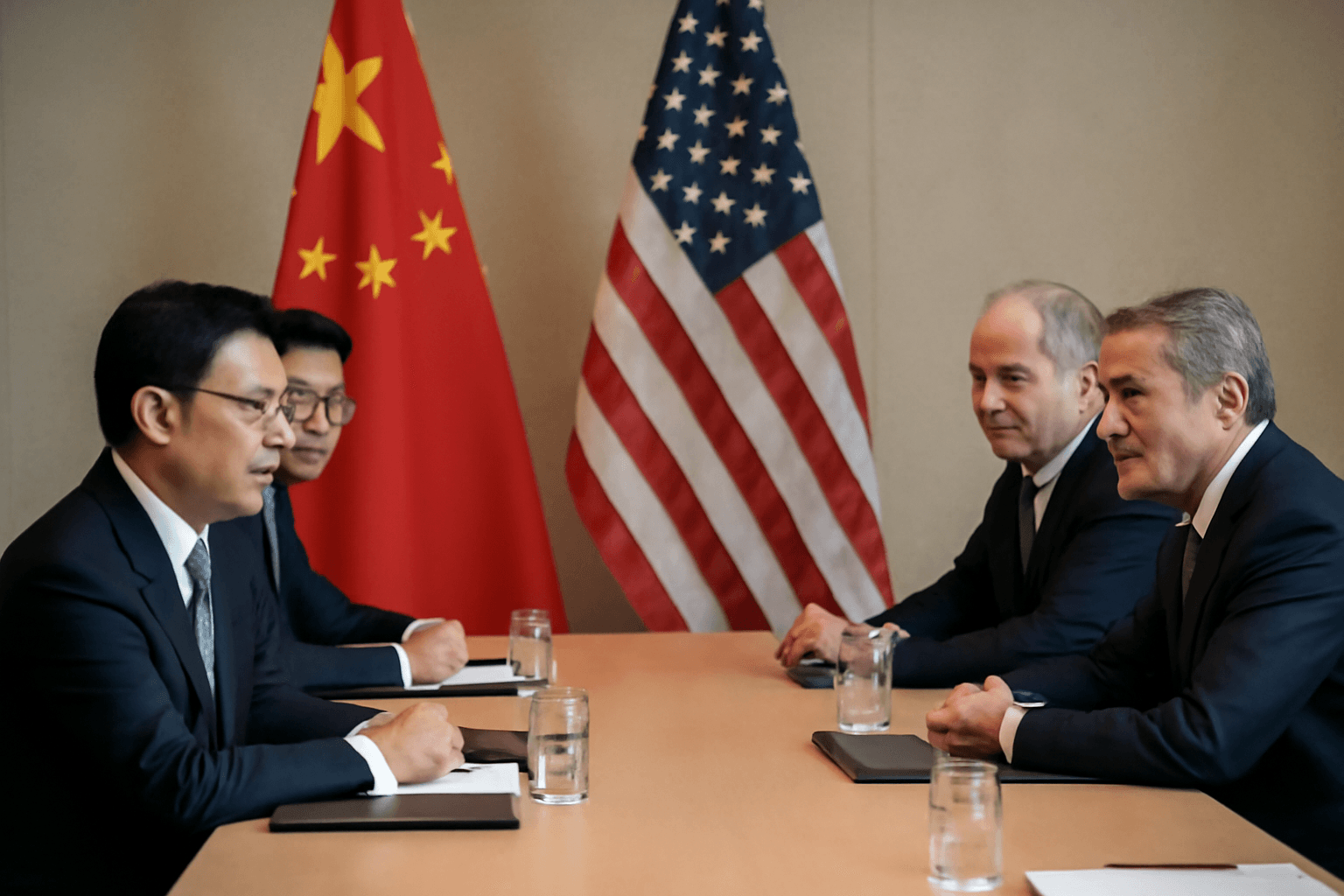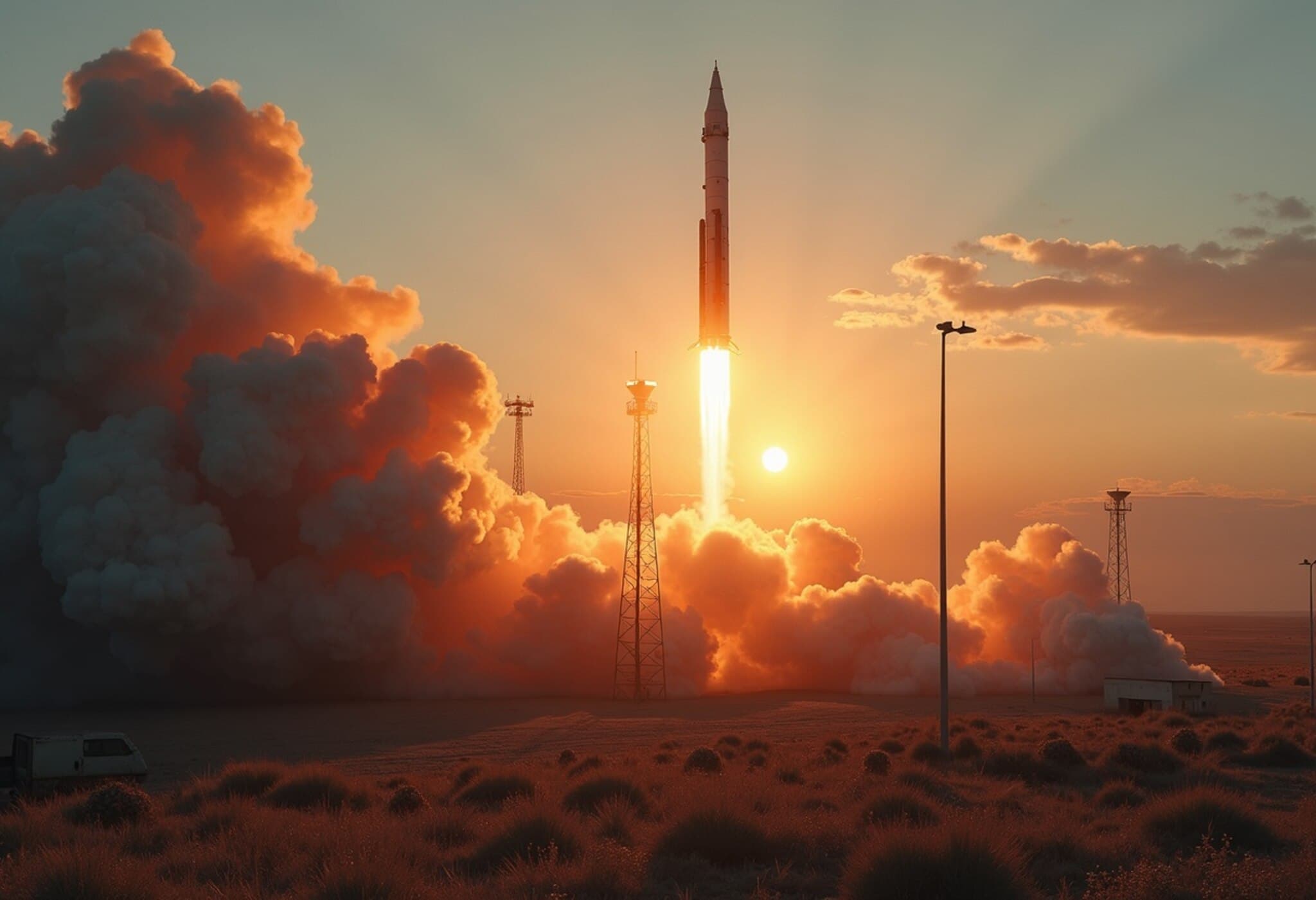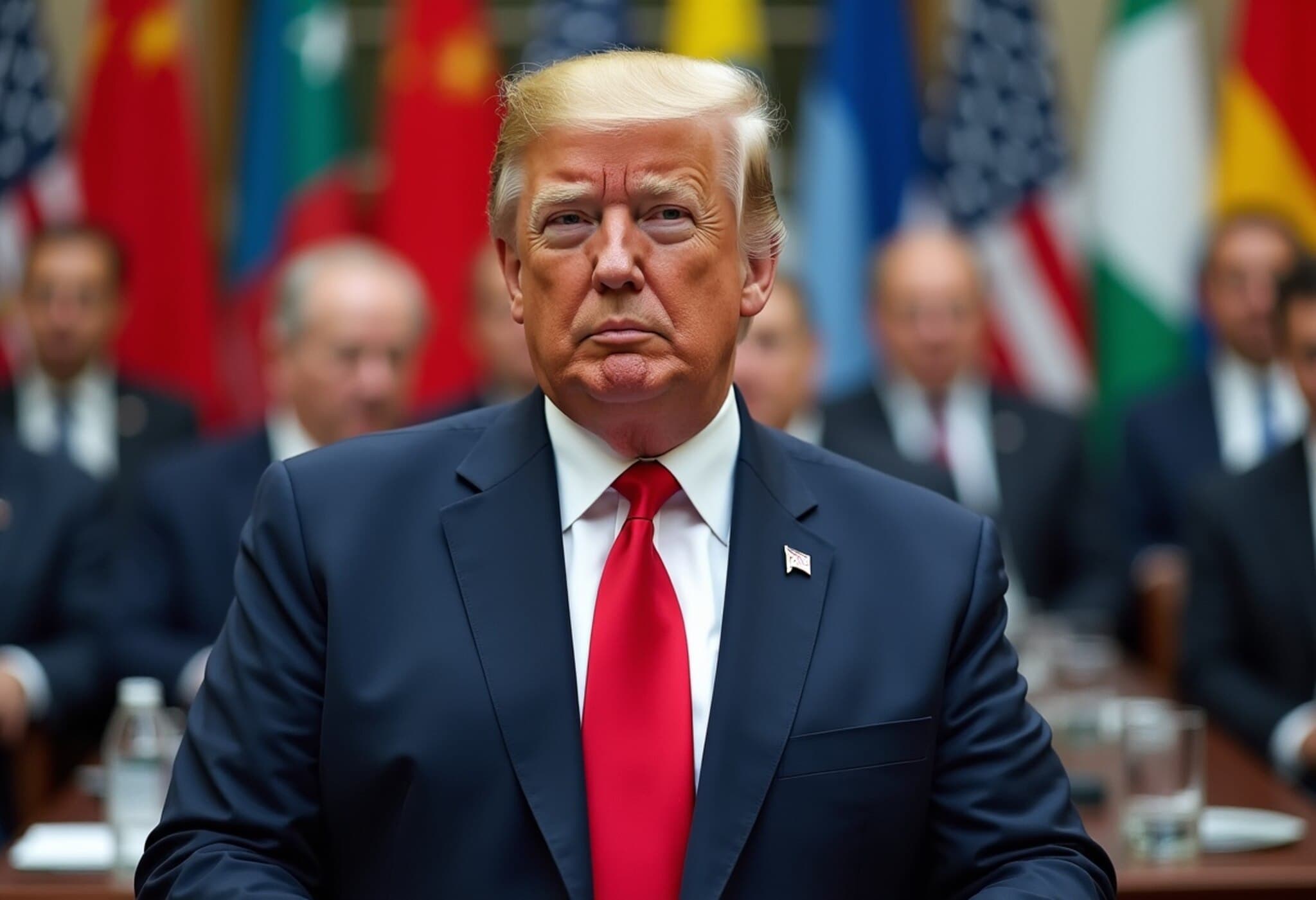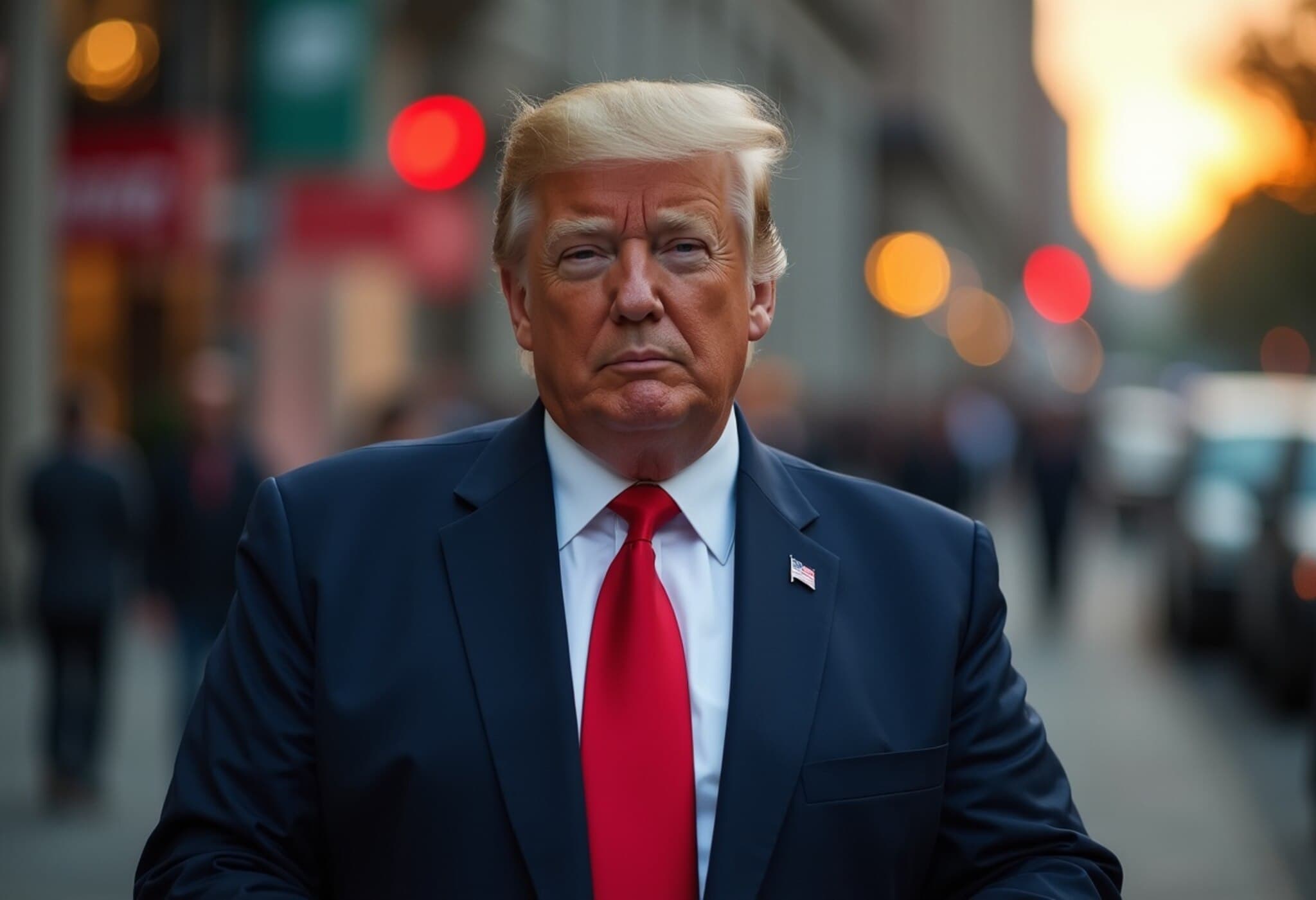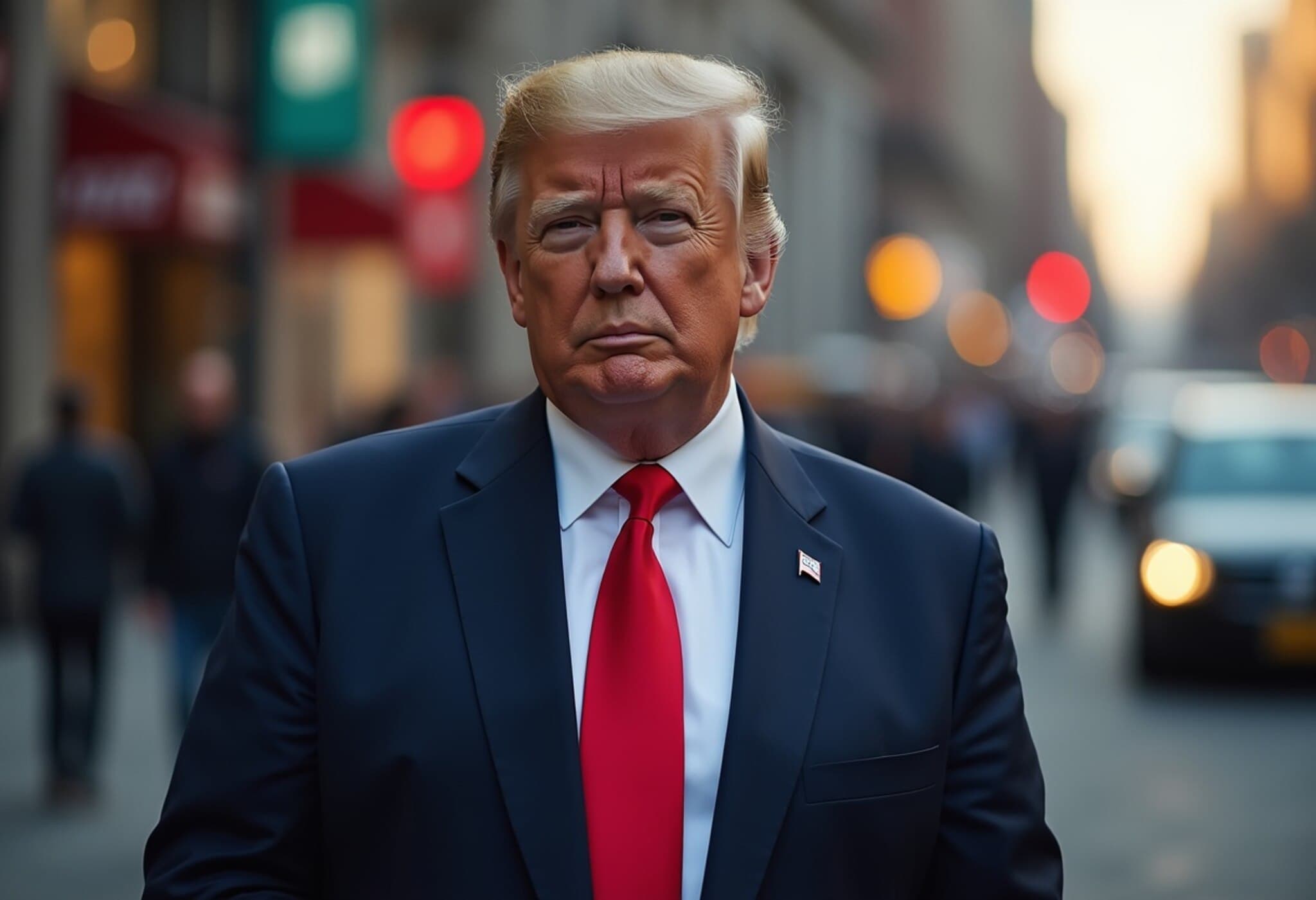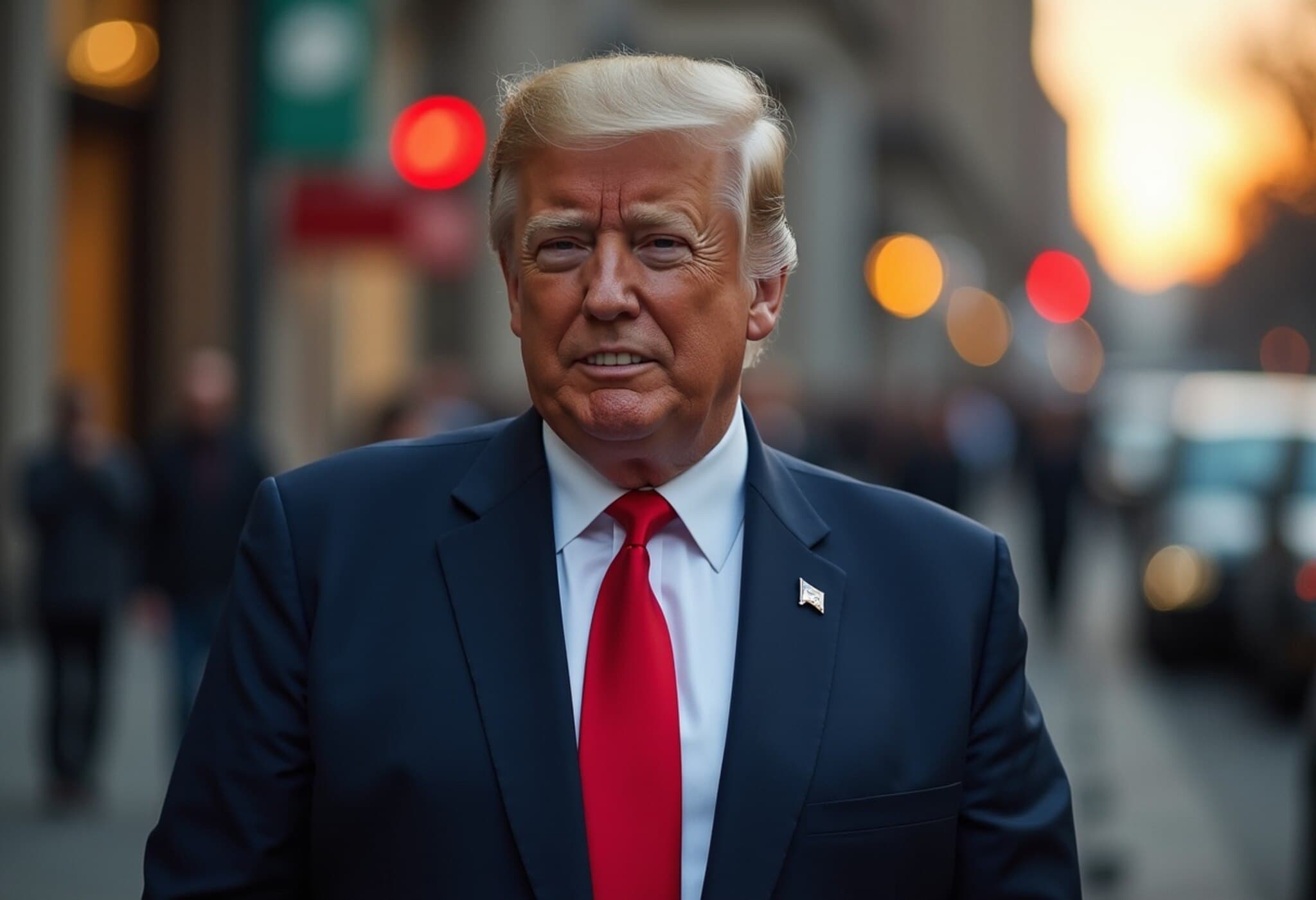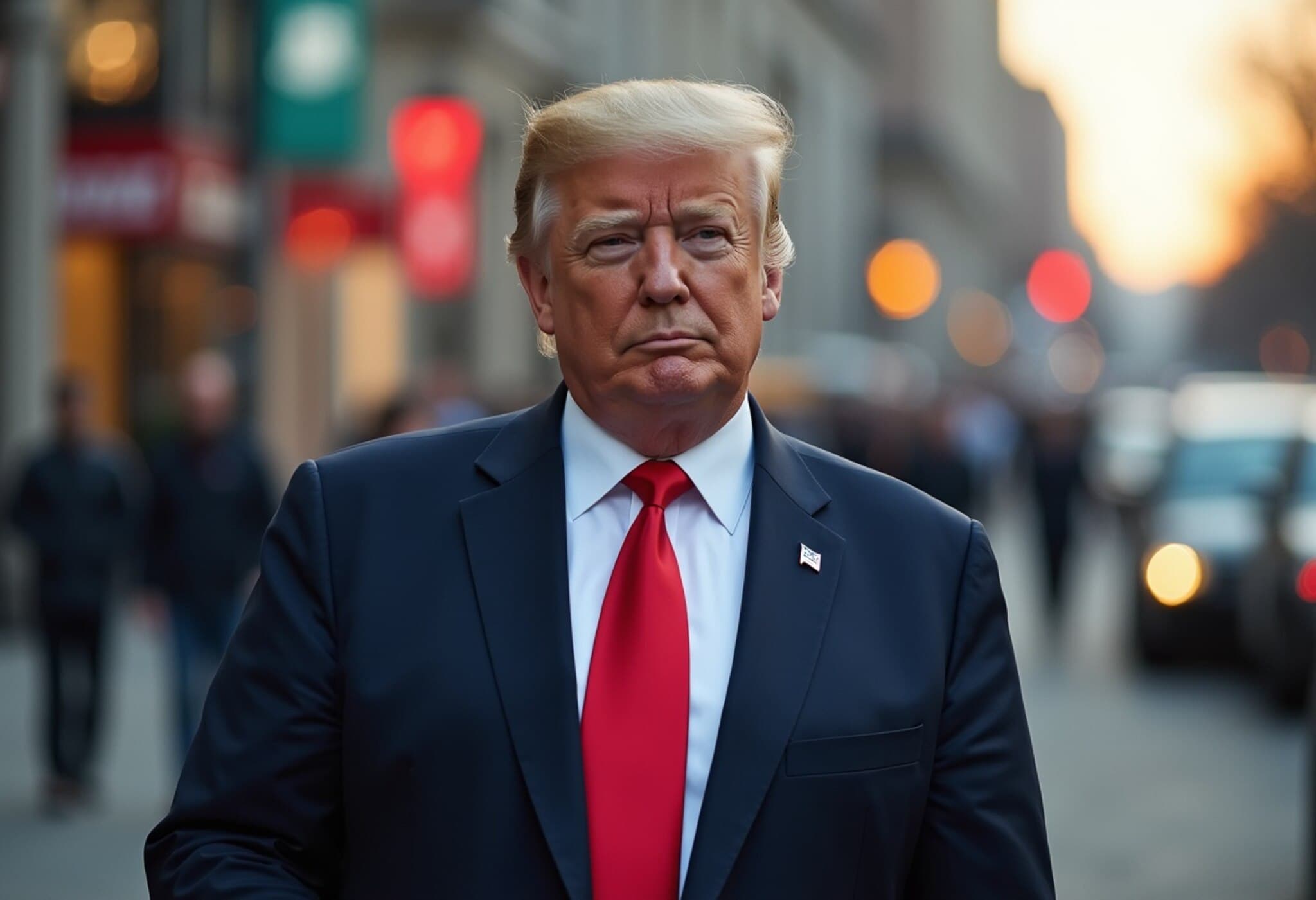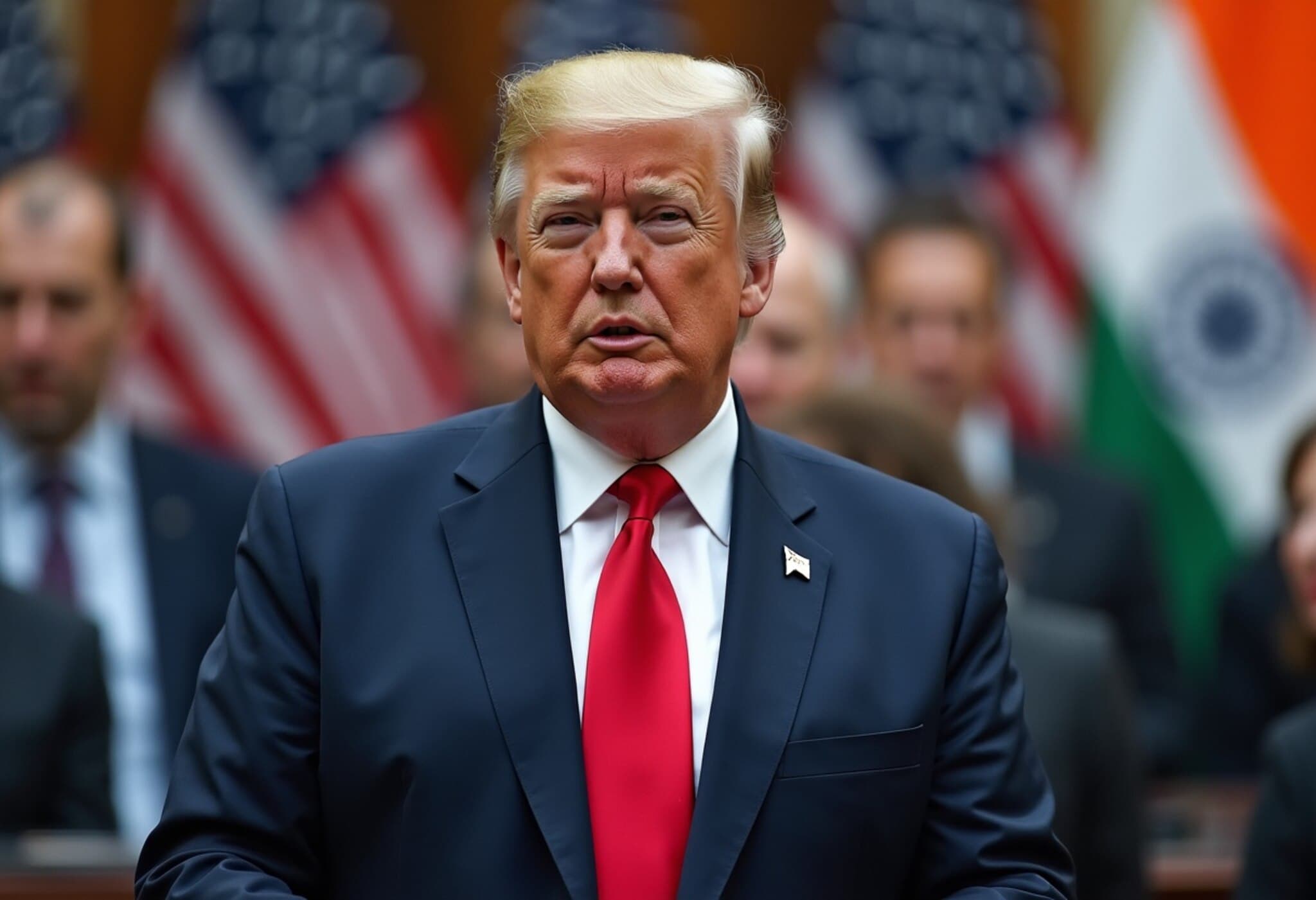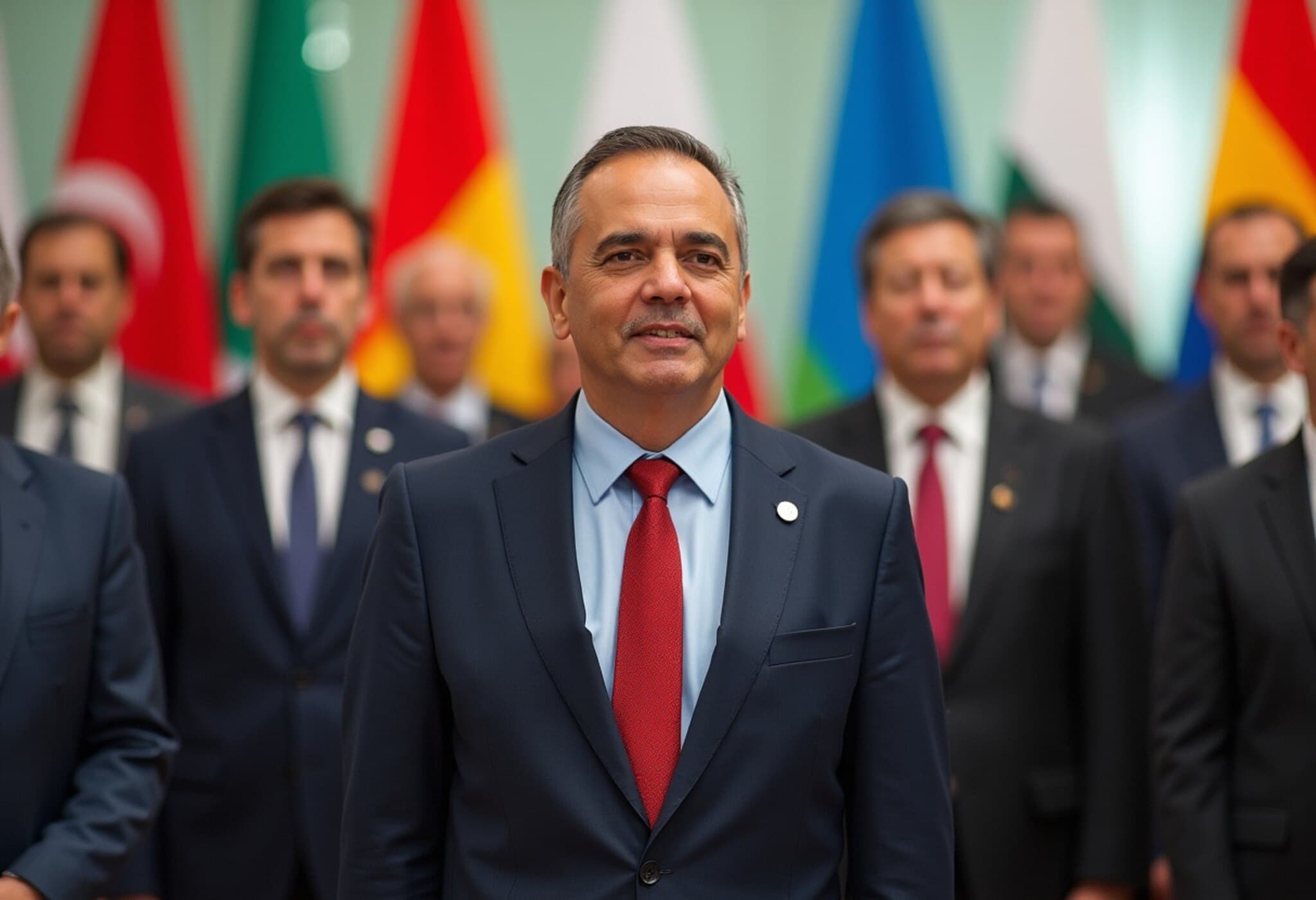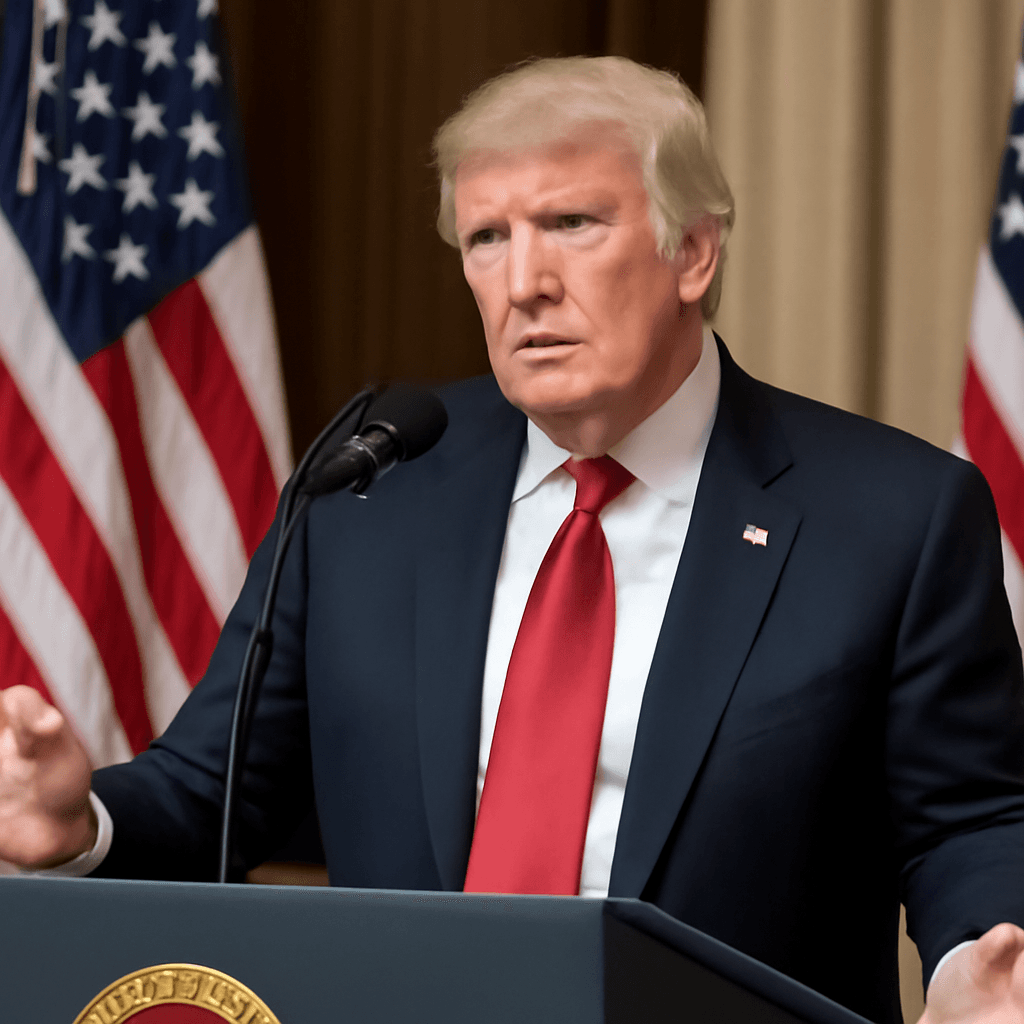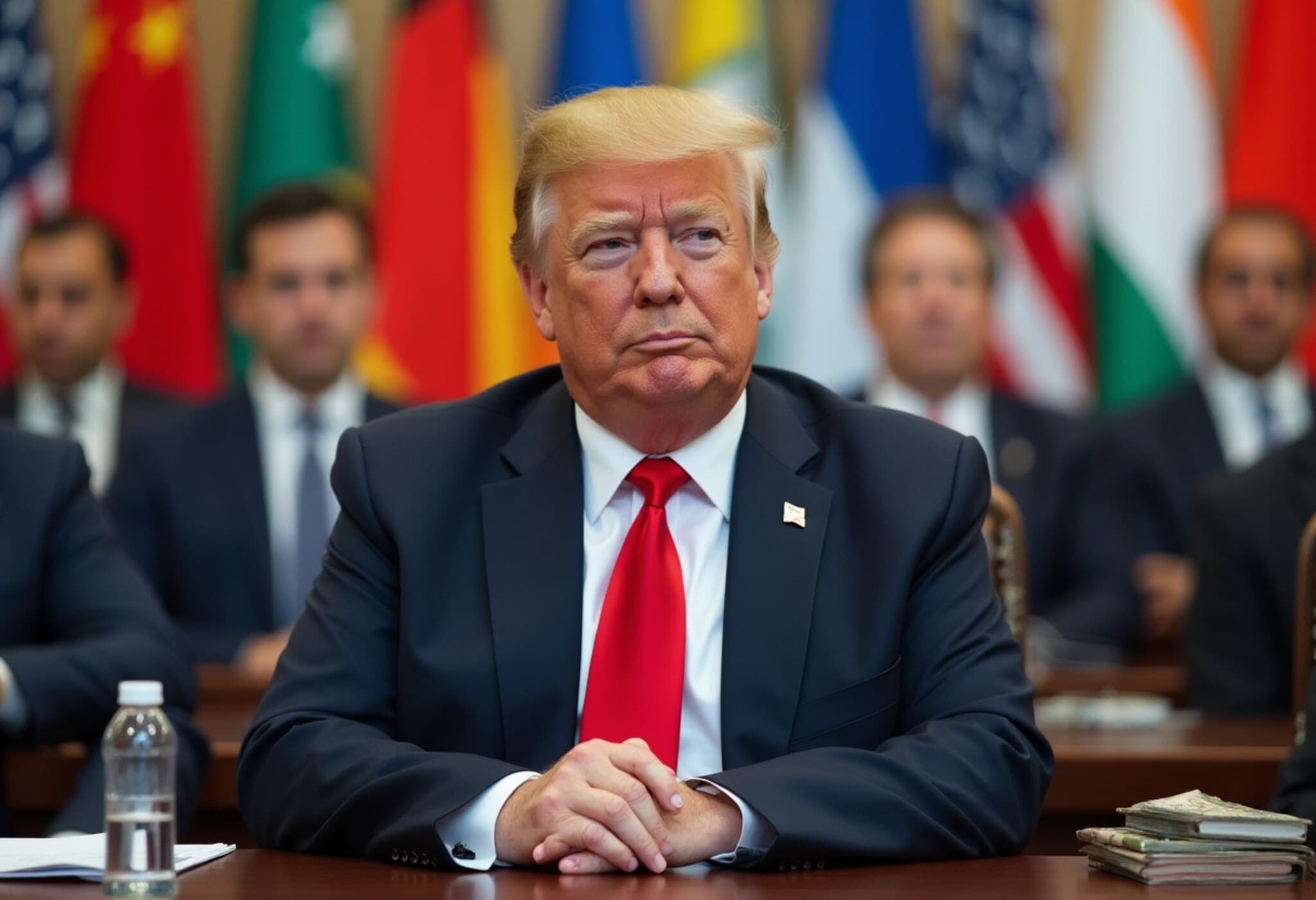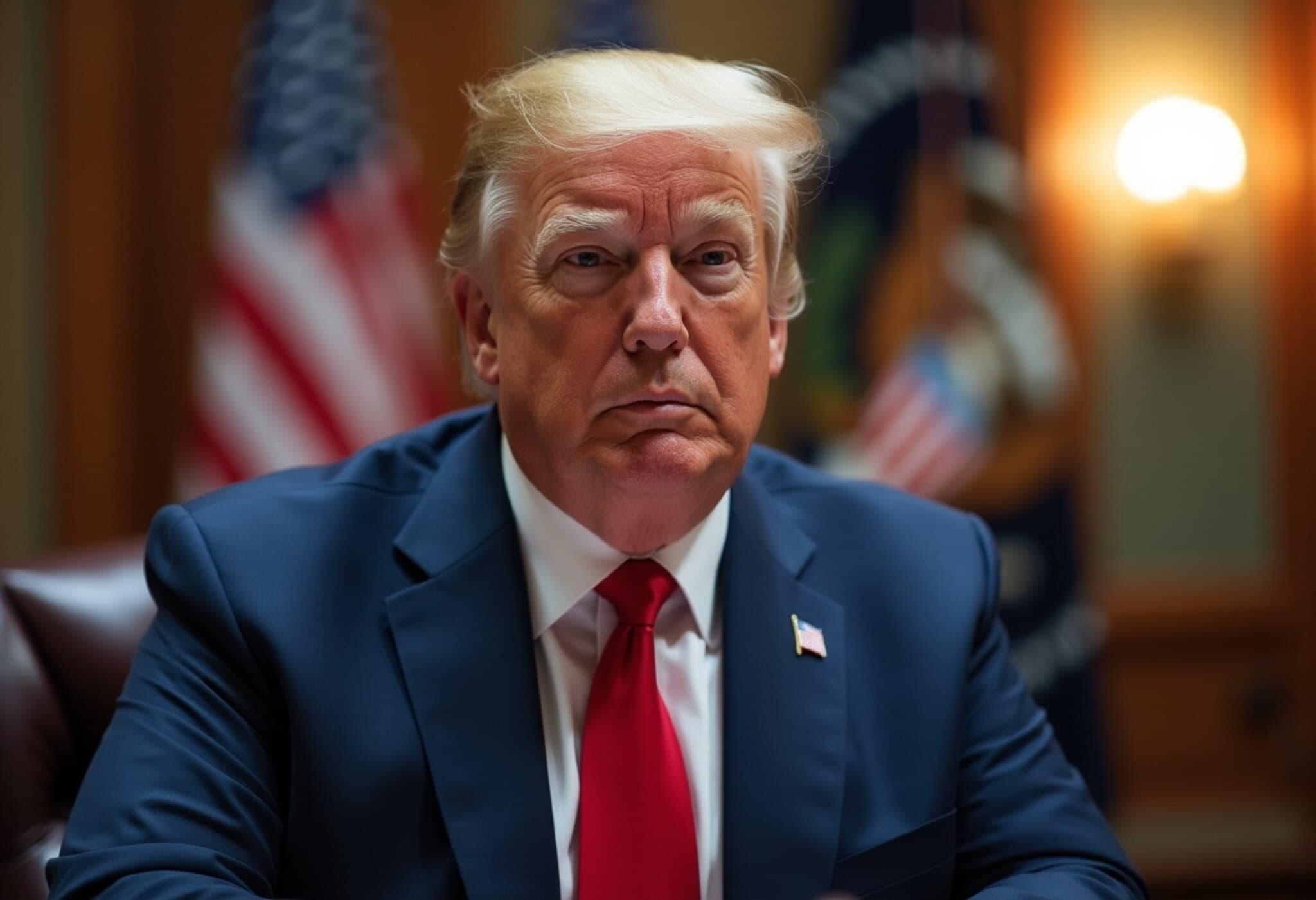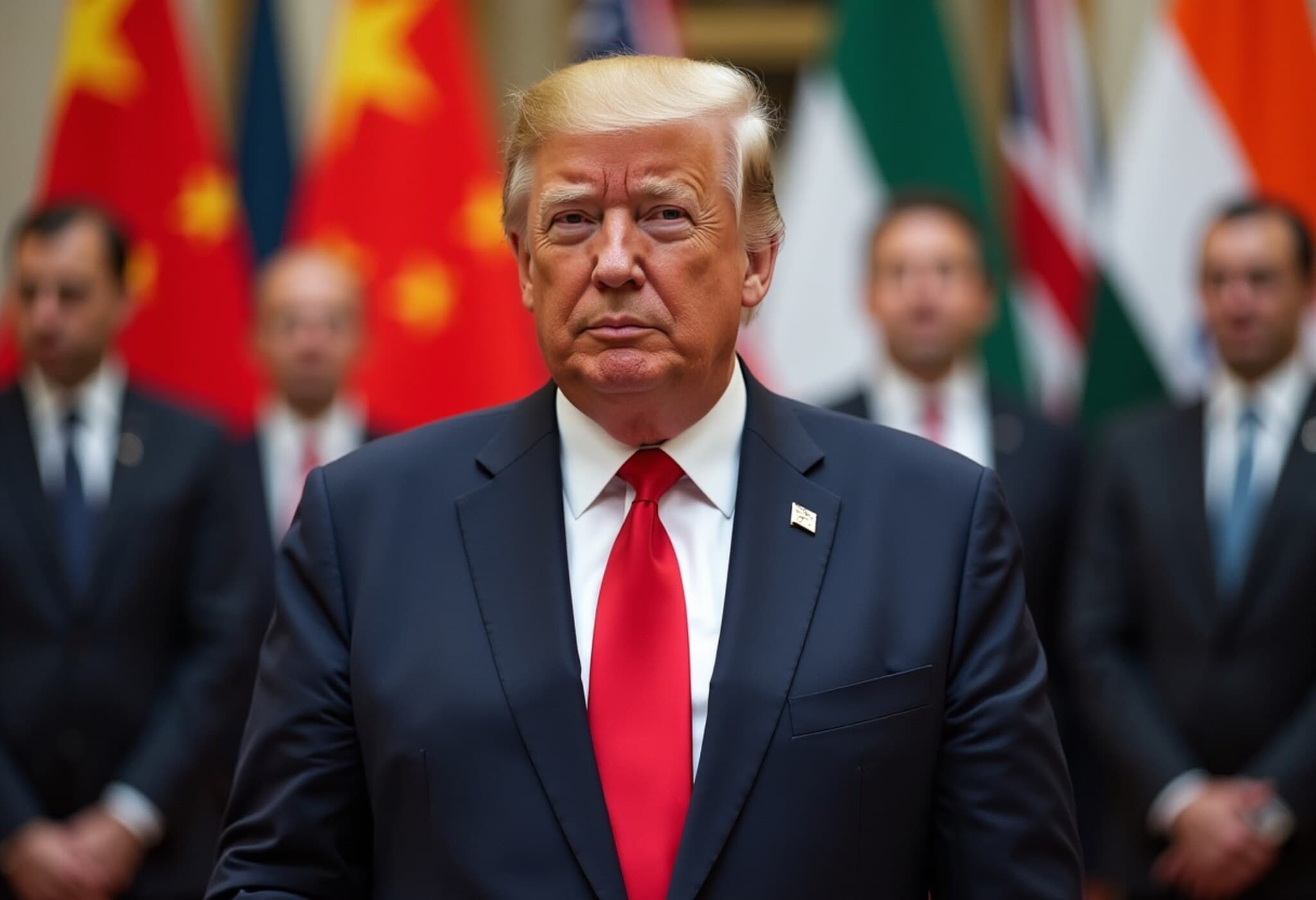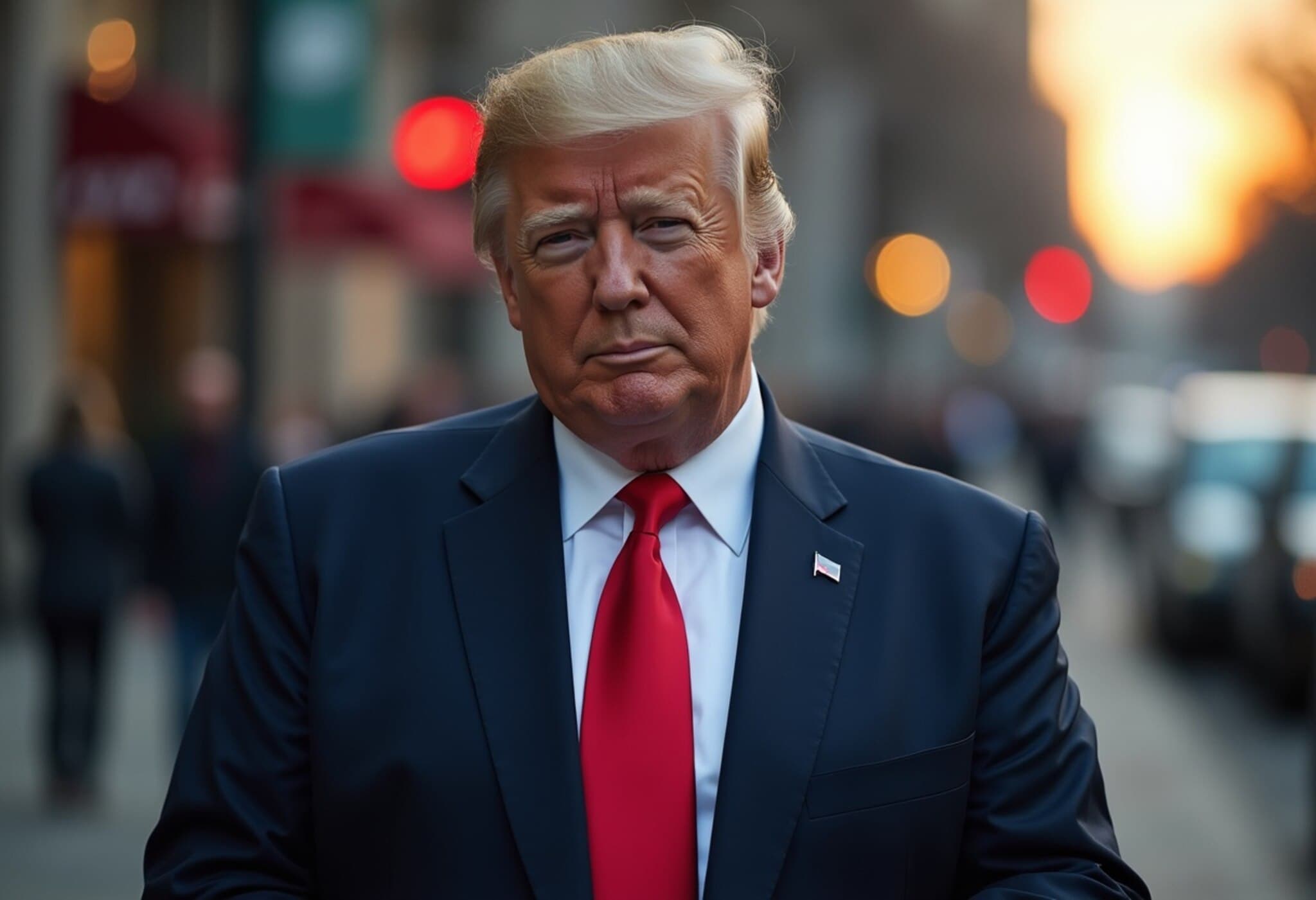Understanding the Escalation: India-US Trade Tensions Under Trump
Trade relations between India and the United States have hit a rocky patch, particularly following recent tariff measures pursued under former President Donald Trump’s administration. While initially focused on China, the US shifted some of its tariff scrutiny toward India, largely due to India’s continued purchase of Russian oil amidst the ongoing Ukraine conflict. This move has sparked a complex debate marked by economic interests, geopolitical considerations, and domestic pressures on both sides.
The Trump administration justified tariff hikes against India as a punitive response to what it termed India's "support" of Russia through oil imports. Yet India has highlighted the inconsistencies in the US stance, noting that Western countries, including the US itself, continue trading with Russia, and that China’s Russian oil imports actually exceed India’s. These contradictions underpin a larger tension in international trade policies shaped by geopolitical realities.
What the Tariffs Mean for India and the US
Though the immediate financial blow might hurt American consumers and businesses more—through increased prices and supply chain disruptions—the ripple effects on India’s manufacturing and export sectors could be significant. Elevated tariffs can dampen Indian exports, potentially leading to job losses and a reduction in economic growth momentum, which in turn impacts consumer spending within India.
Five Strategic Moves India Can Make to Counter Trump’s Tariffs
1. Lobbying Through Indian-American Influence and Corporate Networks
Unlike China, which enjoys considerable vocal support from some prominent American business leaders, India has historically lacked a similarly powerful lobby to advocate its position during trade disputes. India’s government could harness the influence of Indian-origin US lawmakers and top executives from tech giants like Microsoft, Google, and Adobe to strengthen its voice in Washington. Collaborative efforts through these channels can help ensure India’s concerns are heard in key policy circles.
2. Forge a United Front Within BRICS Against Unilateral Tariff Policies
The coalition of emerging economies—Brazil, Russia, India, China, and South Africa (BRICS)—represents a substantial bloc with shared interests in resisting what they perceive as overreach by Western-led economic policies. Given Trump’s broad skepticism towards BRICS initiatives such as "de-dollarization," India has an opportunity to coordinate with these partners, including Brazil and China, to develop a cohesive response strategy. High-level discussions, like the upcoming Tianjin SCO summit and Brazilian President Lula da Silva’s call for BRICS consultations, signify momentum in this direction.
3. Gradually Reduce Dependence on Russian Oil
One of the US’s primary contentions revolves around India’s oil imports from Russia. While reducing this dependency would likely require India to navigate complex energy market implications—including potential increases in global oil prices—it could serve as a tangible show of cooperation in easing tensions. Such a phased approach would also position India to diversify energy sources and strengthen strategic ties elsewhere.
4. Explore Concessions on Agricultural Imports—With Caution
Offering concessions on premium agricultural products to the US could be another lever. However, this path is fraught with domestic political sensitivities. Prime Minister Narendra Modi has firmly stated there will be no compromises on Indian farmers' interests, signaling strong domestic resistance to agricultural concessions. Balancing international diplomacy with the need to protect the livelihoods of hundreds of millions involved in farming is a daunting but essential task.
5. Consider Retaliatory Tariffs—Analyzing Leverage and Risks
China has often used retaliatory tariffs effectively due to its control over critical supply chains, especially in rare-earth elements essential to American defense industries. India, however, does not currently hold comparable leverage in key US markets. While retaliatory tariffs remain an option, their efficacy may be limited, and they risk escalating trade tensions further without guaranteeing India wins strategic concessions.
Expert Perspective: Navigating a Delicate Balance
Trade experts emphasize that India's response should be calibrated to maintain long-term strategic partnerships. This involves not just countering tariffs but engaging in dialogue focused on shared economic growth and regional stability. Overreliance on symbolic retaliation could backfire, whereas multifaceted diplomacy blending economic pragmatism with domestic priorities is likely to yield more resilient outcomes.
Conclusion: The Road Ahead
India’s path forward amid US tariff pressures will require deft diplomacy, intelligent negotiation, and strategic alliances. The country sits at a crossroads where economic growth ambitions, farmer welfare, and international geopolitical realities converge. Successfully managing this complex landscape could redefine India-US relations for years to come, highlighting the importance of nuanced trade policies that go beyond tariffs and tit-for-tat measures.


